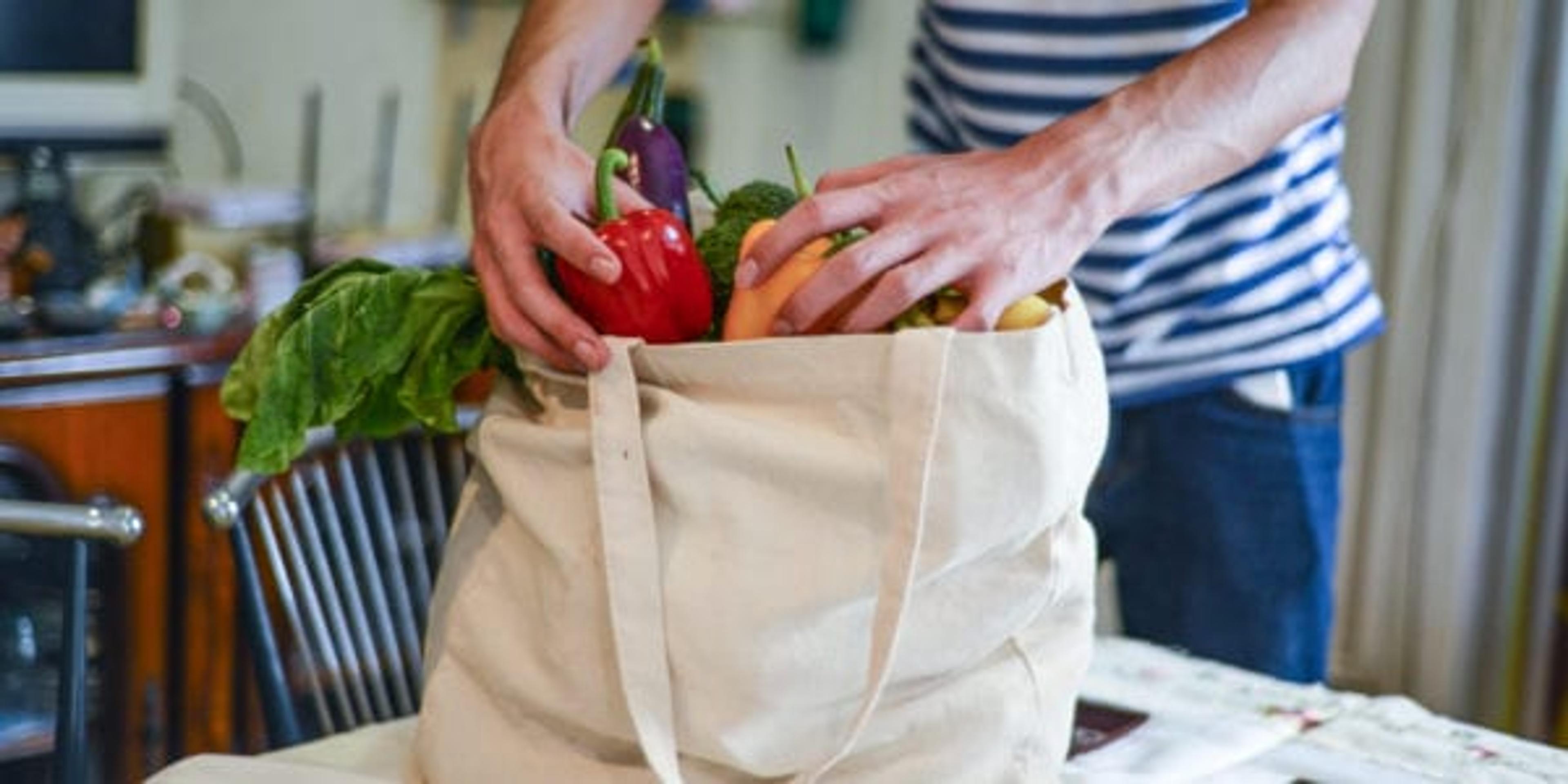Tips and Tricks to Get the Most Out of Your Produce

| 2 min read

- Store asparagus like a bouquet of flowers.
- Wrap herbs in a paper towel in a bag to keep them dry.
- Be wary of cold spots in your fridge and don’t store vegetables with a high water content in those areas — thawed lettuce and cucumbers aren’t delicacies.
- Store produce that expels excess ethylene gas away from others. Apples, potatoes and ripe bananas accelerate the ripening of other produce.
- Notice your lettuce is looking sad? Perk it up by giving it a cold-water bath, then taking it for a ride in a salad spinner.
- Avocados and mangoes ripen great in a sunny window. If it’s perfectly ripe on Friday but needed for a Sunday brunch, pop it in the fridge to halt the ripening process.
Serving Amount
Ingredients
5 Bell peppers, red, yellow or orange
10 ounce or 12-ounce container cherry tomatoes
2 garlic heads
2 tbsp plus 1/2 cup olive oil, separated
1⁄4 cup fresh basil leaves
1⁄4 tsp red pepper flakes, or to taste
1⁄4 cup shredded parmesan
Salt and pepper to taste
Garnish, basil leaves
Instructions
Step 1
Preheat oven to 400 degrees F and prepare a large, lined baking sheet.
Step 2
Cut bell peppers in half, removing seeds, core and membrane. Add to baking sheet face down.
Step 3
Cut the top of the garlic head off to expose a small part of the garlic clove. Drizzle with olive oil and season with salt and pepper. Wrap garlic heads in aluminum foil and place on baking sheet.
Step 4
Add tomatoes to baking sheet. Drizzle 2 tablespoons of olive oil and season all vegetables with salt and pepper.
Step 5
Bake for 45-60 minutes, or until bell pepper has sunk in and getting charred marks.
Step 6
Let vegetables cool. Remove garlic from aluminum. Add all contents to a blender. Combine with basil, 1/3 cup olive oil, red pepper flakes and salt and pepper to taste. Blend until smooth.
Step 7
Toss or swirl with your favorite pasta. Top with shredded parmesan and basil.





